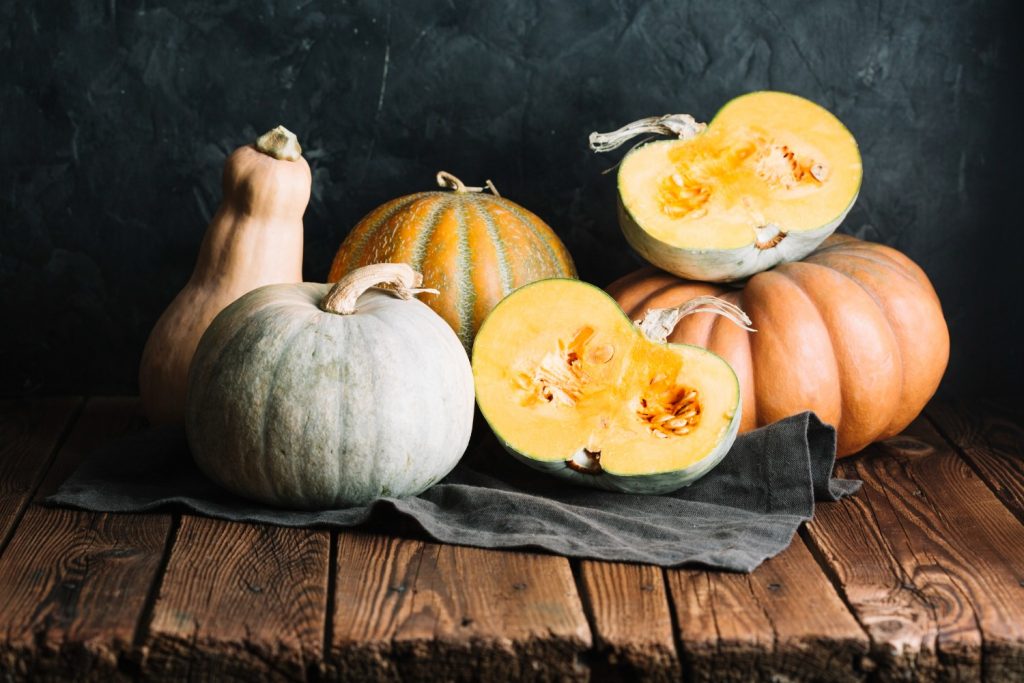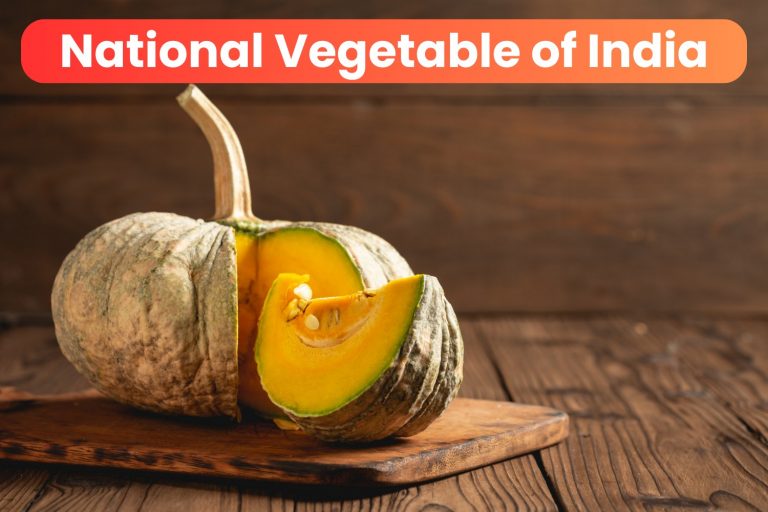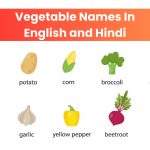Most of us associate pumpkins with the festival of Halloween. Pumpkins are also a staple in Thanksgiving dinners across America and Canada. But did you know that the pumpkin is also the National Vegetable of India? It is seldom referred to as the ‘poor man’s vegetable’ as it grows quickly and can be used in myriad ways.
Etymology: Origin of Word Pumpkin
Contrary to popular belief, a pumpkin is not a vegetable but a fruit. In Hindi, it is called ‘कुम्हड़ा’ or ‘कद्दू’. Pumpkin is mostly used for the scientific flora Cucurbita Pepo, though they also encompass the varieties of Cucurbita Maxima, Cucurbita moschata Poir, and Cucurbitaceae.
The name pumpkin comes from the Greek word ‘pepōn’ translating to melons. This was in turn adopted from the Latin word ‘peponem’ and the French word ‘pompon’. By the 17th century, the English colonists inaugurated the word pumpkin. Thus, the vegetable has been known by this name henceforth.
History of Pumpkin
Pumpkins are a prominent feature in various religious and spiritual ceremonies. Pumpkin was not native to India. The first appearance of a pumpkin was noted during the 7,000 – 5,500 BC. With the European colonization, the vegetable was spread across the commonwealth. Despite this fact, historical evidence dates the first appearance of the pumpkin 5,000 years ago.
Physical Characteristics and Varieties of Pumpkin

The Indian pumpkin has a slightly sweet taste and a buttery texture. In terms of both taste and texture, it is akin to the butternut squash. Pumpkins are usually found in the shade of green, orange, and yellow. They are usually round and their peel is smooth and ribbed in places. Inside the pumpkin is a ball of fibrous pulp, which contains multiple seeds.
It is used in both sweet and savory dishes. It pairs well with lentils, curries, and even puddings. The seeds are also edible and are mostly eaten roasted. The pulp is edible as well and can be made into a filling for pumpkin pie. There are a few varieties of pumpkin which is popular across the Indian subcontinent. They may differ in their color, shape, size, and even taste. They have been listed below.
| Ambili | Arka Suryamukhi |
| Arka Chandan | CO1 & CO2 |
| PAU Magaz Kaddu 1 | PPH 1 & PPH 2 |
| Puas Viswas | Punjab Samrat |
Benefits of Pumpkin
Pumpkins have a high fiber content and a low-calorie content. They are packed with Vitamins (A, & C) and minerals (potassium). Due to its nutritional content, a pumpkin remains one of the most healthy vegetables. A few of its benefits have been mentioned briefly.
- It promotes gut health and weight loss.
- It prevents the risk of macular deterioration.
- They may reduce the risk of cancer.
- They improve the immune system and have anti-aging properties.
Cultivating Conditions
Pumpkins are usually cultivated in hot and warm climates. They can grow in almost all conditions all year round. However, the best pumpkins are yielded from sandy loam soil. Pumpkins are at their prime during the June – July and December – January seasons.
Pumpkin was chosen as the national vegetable of India as it is grown throughout the country and is rather quick to produce. It can grow as a climber or a creeper.
Pumpkin Production
At present, India ranks second in terms of pumpkin cultivation, following China. By 2019, 98,000 hectares were dedicated for pumpkin cultivation. By 2021, the Indian export of pumpkins increased by 66% against the 2020 data. Most of the Indian pumpkins are exported from Tamil Nadu and Andhra Pradesh.
Read related posts:
Conclusion
Pumpkin is the national vegetable of India but it is not officially declared. Pumpkin has many varieties and characteristics according to its demographic availability. It has many benefits likewise it helps in weight loss and reduces the risk of cancer etc. Everyone must include pumpkin in their diet to see the benefits.





